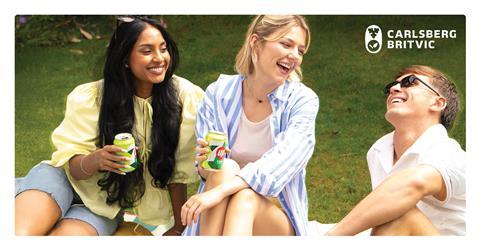
The soft drinks category accounted for £5.3bn sales last year, with one in four being purchased during shopping trips in c-stores, according to Carlsberg Britvic’s Soft Drinks Review 2025.
As shopper preferences evolve and a new generation of consumers comes to the fore, retailers need a solid plan to continue to unlock additional opportunities for growth, said the newly integrated beverage company.
To support category growth, Carlsberg Britvic has developed a seven-step success plan to help retailers adapt to trends, meet shopper demands and drive additional sales of £5000 per store.
Step 1: Fuel further
Retailers should ensure their ranging is on point in terms of variety when it comes to energy drinks. Make sure iced coffee lines are prominently displayed to leverage growing demand for drinks that fuel and provide a treat. The addition of juice and shots to breakfast ranges can also drive additional growth across different occasions.
Step 2: Make meals matter
Last year, soft drinks featured in only 28.6% of meals eaten in the UK and, for those aged under 25, 27.7% of meals didn’t include any kind of drink whatsoever. Retailers can address this by pairing products such as Jimmy’s Iced Coffee in promotions on breakfast items.
Step 3: Take over treat times
Soft drinks play a crucial role in satisfying shoppers’ cravings, with 26.4% of treat missions resulting in in the sale of soft drinks. That makes soft drinks the second most bought treat items after confectionery. While it’s vital to stock up on the classics, retailers should also introduce new limited-edition flavours to pique shoppers’ interest.
Step 4: Opportunities for impulsive socialising
In-home socialising occasions hit 17bn last year as 37% of people reported going out to eat and drink less in response to economic pressures. This presents opportunities for convenience retailers that offer the right drinks at the right price for people who are socialising at home.
Step 5: Add value to hydration
A new generation is reshaping the soft drinks market: Generation Z. Nearly a third (31%) of all Gen Z drinks occasions feature tap water, bottled water or flavoured hydration drinks like ice tea, compared to a UK average of 24%. Retailers can encourage younger consumers looking for hydration to trade up with drinks such as still, sparkling, flavoured waters and ice tea.
“We need to add value to hydration and switch those tap water occasions to something worth paying for,” said Reena Bilakhia, head of category at Carlsberg Britvic.
“By trading shoppers up through the right proportions, we can nudge their choices from tap water to buying bottled water and then nudge them into solutions that can offer a flavour experience. If retailers do encourage them along that journey, they’re essentially adding value to those occasions and there is more money in the till.”
Step 6: Push permissible choices
Low-calorie soft drinks have grown at 5.5% in value over the past year, outperforming full sugar products which inched up by 3%. That’s why it’s crucial that convenience retailers are well-stocked with sugar-free in a variety of formats and with a wide range of flavour alternatives.
Step 7: Recruit with healthy heroes
Research shows that 69% of Brits say they’re trying to live healthier lifestyles, with products featuring added benefits playing a key role in this. Retailers can capitalise on this trend by pairing functional health drinks with healthy snacks and meals at different times of the day. Kombucha is an opportunity ripe for the taking, with sales gorwing by 33% in convenience over the past year and they are poised for further growth.

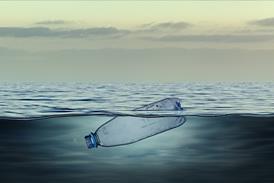
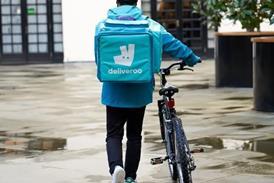

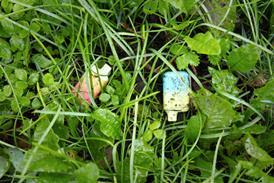
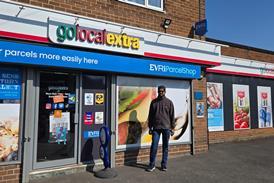

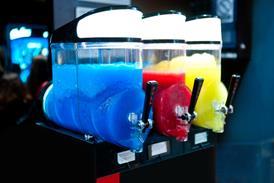

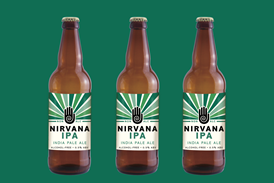
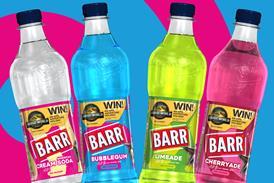
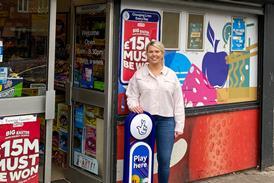
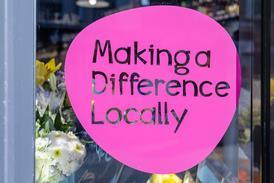



![WG-4003[58]](https://d2dyh47stel7w4.cloudfront.net/Pictures/274x183/4/5/1/353451_wg400358_6083.jpg)
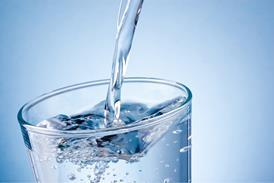
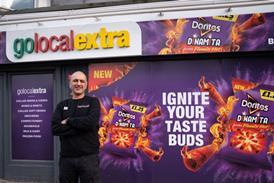
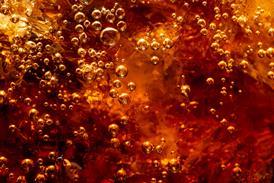
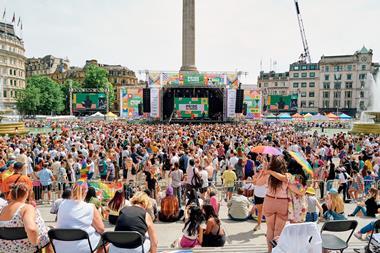
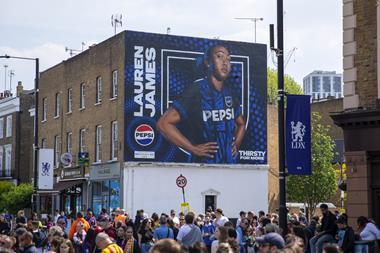
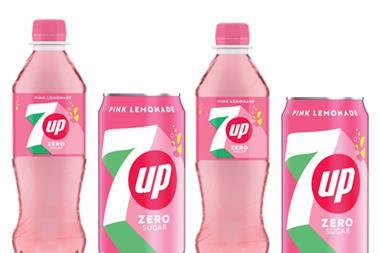

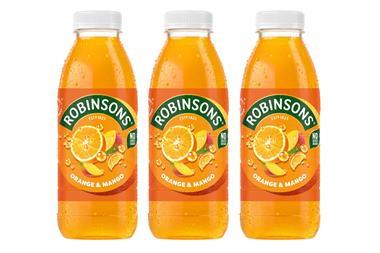
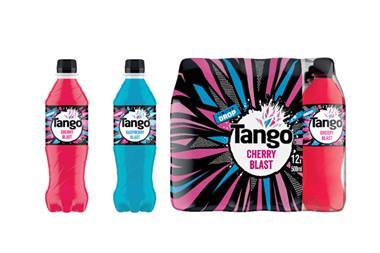


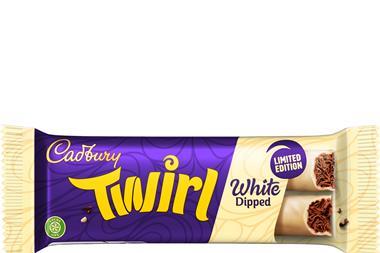
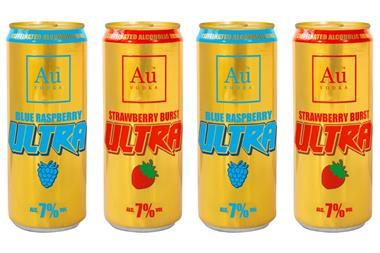
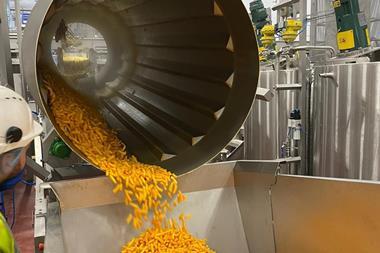
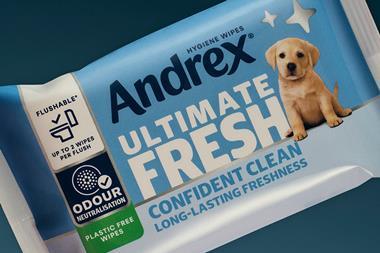
No comments yet